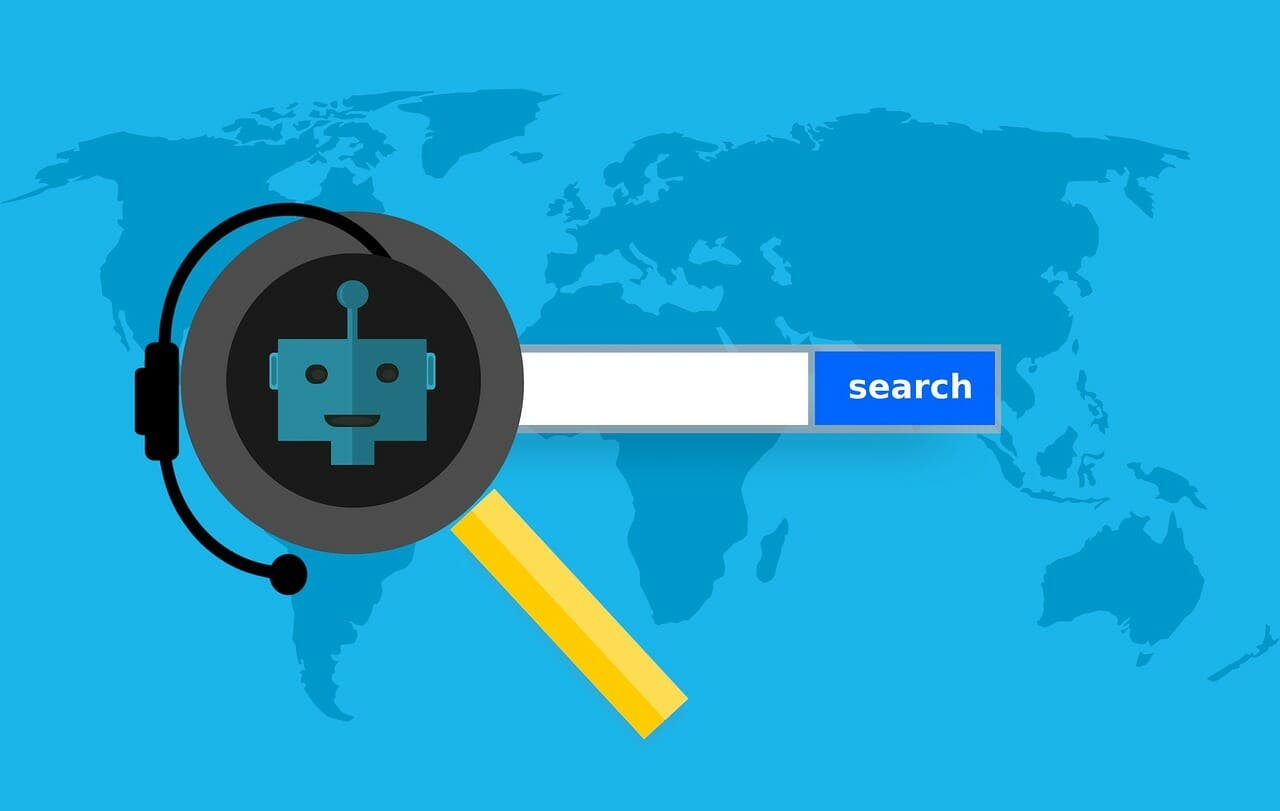A couple of decades ago, few business departments had regular access to analytics. However, over time, most business functions have significantly evolved. For example, 20 or 30 years ago, marketing was far more fluffy and qualitative. Now, we have comprehensive marketing funnels. Everything is in Salesforce or Google Analytics. Every campaign is tracked, analyzed, and optimized based on insights from that data.
Other departments have followed suit, using data to inform business strategies and discussions, but HR still lags behind in embracing a more quantitative approach. Why?
HR data is uniquely challenging
HR has been slower to adopt a data-driven approach than other parts of the business partly because it is traditionally a discipline about empathy – not fact. However, when strategic decisions about the workforce are guided by a series of discussions rather than any form of data, our natural biases and heuristics can come into play.
Additionally, studies found that while the majority (84%) of HR pros say people analytics are important or very important, only 22% have an analytics function. This is understandable as people data is a uniquely challenging form of big data.
It used to be that getting the information you needed required getting your data into a high state of quality, then wrangling it down into a consolidated system, then building data lakes and analytical engines to support it—and only then would you be able to really start any analysis and hope to get some insights you can use to improve your business.
Fortunately, the evolution of bots and intelligent automation is making this manual and lengthy process obsolete and, at the same time, enabling HR to increase their impact through more data-driven strategies.
Intelligent automation helps
Robotics and intelligent automation are among the largest drivers for the new future of work. In general, this tech is displacing workers in certain types of roles — like building data centers and models – as bots are excellent at this kind of high-volume, transactional, and rules-based work.
New people analytics solutions have made analytics more democratized and ubiquitous than ever so you no longer have to be a quant to take advantage of your people data. Intelligent automation parses through your HR data for you and brings relevant insights to the surface.
Even better, there are now pre-built people analytics solutions that invite you to not only help you find the answers to critical business queries, but also answers to the questions you didn’t even know to ask. This is only achievable with technology that invites data exploration instead of forcing you to perform complicated data modelling yourself.
With this time back, HR can spend more time on actioning on the insights served up by the bots. Here are two use cases for using this learning to improve business impact:
- Escalate insights to business leaders: Business leaders are used to having their KPI’s on a set of dashboards. We’ll soon have robotics that can comb through analytical platforms (like Visier) and identify upcoming problem areas and surface them to business leaders. For example, a bot could automatically flag someone in HR when employee turnover increases in a specific department. Not all business leaders are looking at people analytics, so if a bot can raise awareness when it’s necessary, that helps HR leaders tackle potential problems before they escalate.
- HR analytics triage: Today’s people analytics functions spend lots of time trying to just identify the questions they should be working on. There may be several dozen questions that surface, and a bot’s ability to triage and prioritize what to work on next can help shortcut much of this process. For example, intelligent automation could quickly serve up the top 10 activities that could have the biggest impact on the business for a quarter.
Moving forward with automated insight adoption
While robotics and intelligent automation are still evolving, this technology has the potential to help shift HR from being qualitative to focusing on data-driven and actionable insights.
Leveraging technology that identifies potential problems, helps them prioritize activities based on impact, and automatically flags real-time issues empowers HR to increase their organizational impact.
This article from the Visier blog.
